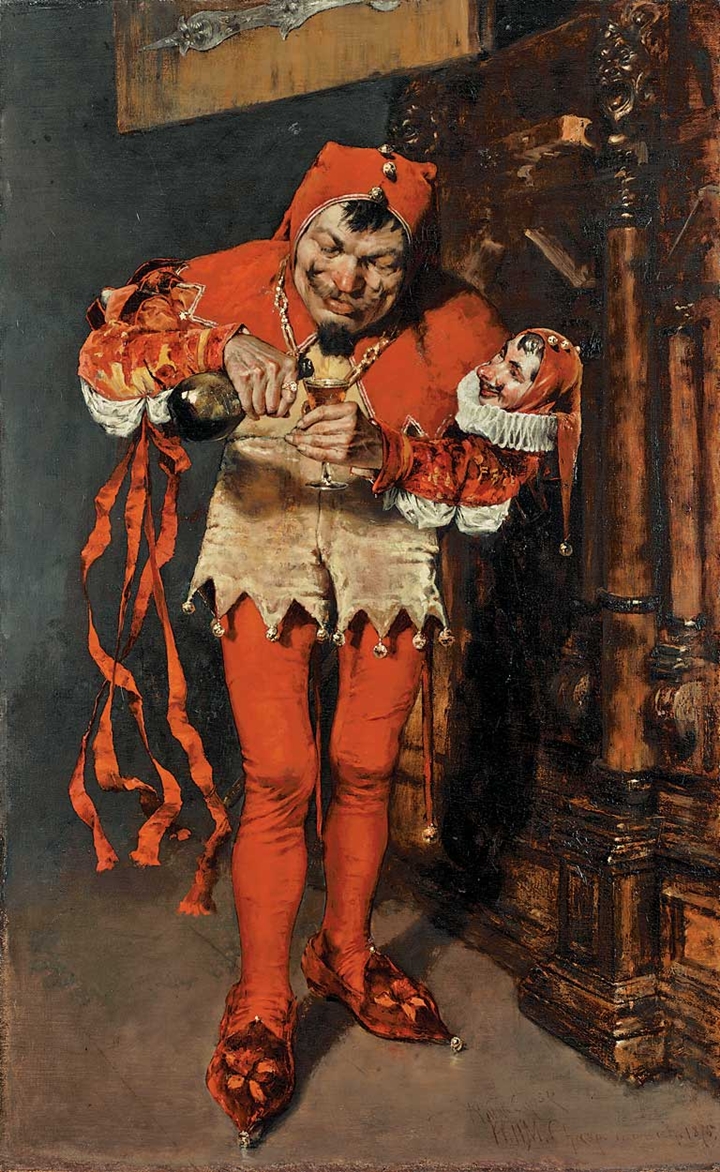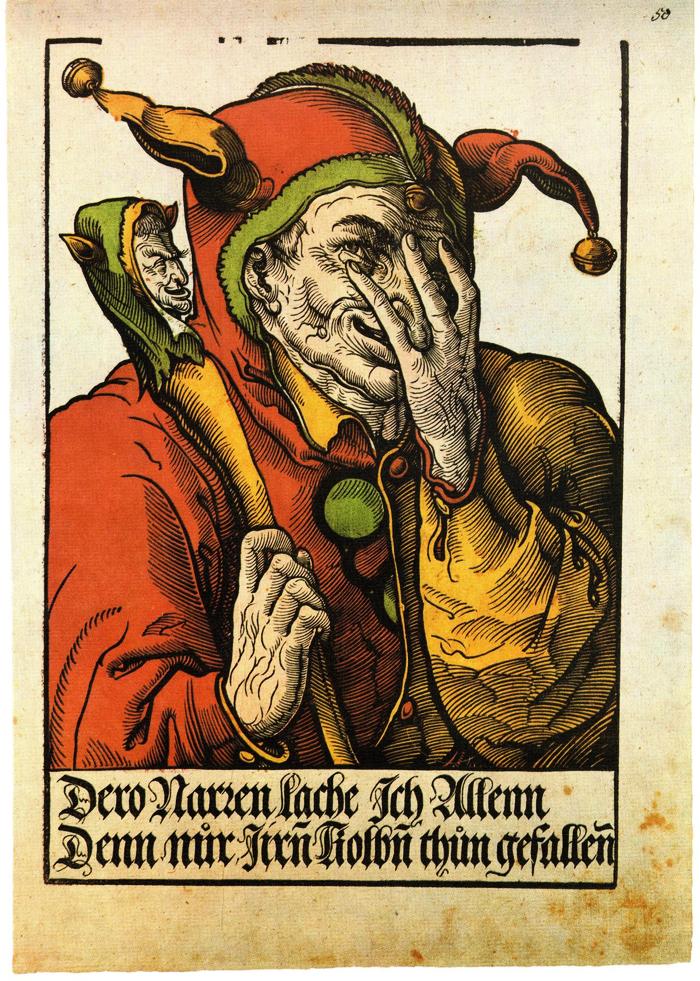

Pardoes’ earlier looks display many details that coincide with the appearance of jesters, specifically from the Middle Ages. During that period of time, jesters were a significant character in royal courts all over the world (Konarska-Zimnicka, 2012). The roles of these entertainers ranged from singing and dancing to acting and story-telling, all centered around humor and jokes. Because jesters always made use of humor in their acts, these characters were given more privileges and freedom than other important members of the royal courts (López & Cadahía, 2007). Jesters were one of the few members of the court that were allowed to speak freely, on the condition it was some type of joke or mockery. In modern times, this use of humor is still persisting. Either as a tool to critique authorities or people in power or to make talking about sensitive topics lighter, for example by comedians. Furthermore, the monarchs and jesters often has a special relation, where jesters carried a lot of power and were trusted. They could advice on politics and get away with criticizing their king or queen (EBSCO, 2023).


Images portraying medieval jesters and their appearance (Commons wikimedia image 1, Commons wikimedia image 2)
Many famous european monarchs such as Charles I, Philip IV and Elizabeth I had their own personal jester. But historical research shows that jesters or this sort of persona can be found across the globe: in many countries throughout Europe, in Asia (China, Japan and India), the Middle-East, Africa and even in North- and South-America (Cristil, 2020). The main difference between these cultures was the use of physical comedy in Europe versus applying intellectual wit in Asian countries. In the Middle-East, humor was used to advocate ethical behaviour and African jesters are similar to the European ones. Despite these cultural differences, jesters across the world shared the role of making rulers more relatable, offering advice, and using humor to shape politics and challenge social norms.
Image credits: